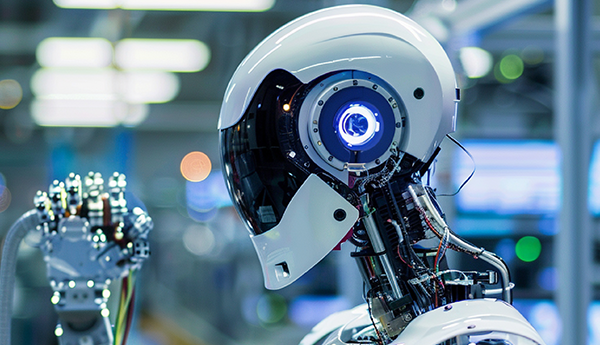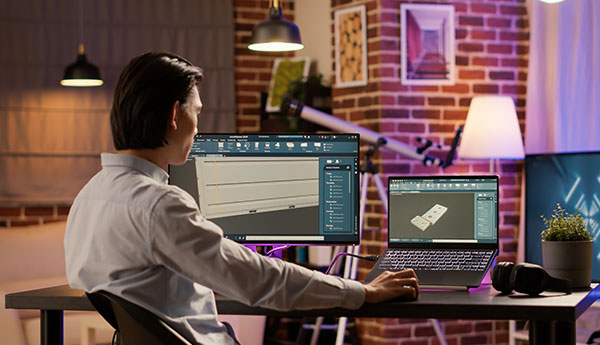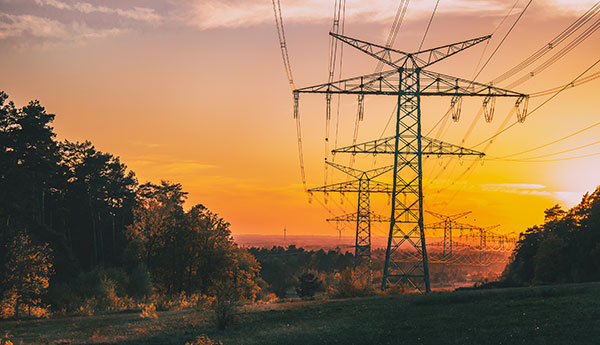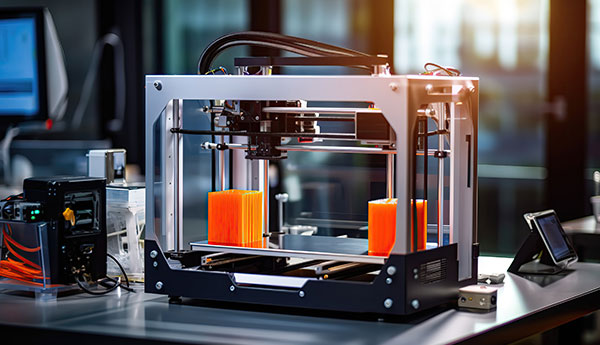

Drone Design
Drones, also known as unmanned aerial vehicles (UAVs), have become increasingly popular and versatile in recent years. They are used in various applications, including aerial photography, agriculture, surveillance, delivery services, and more. The design of a drone involves multiple components and considerations to ensure optimal performance, stability, and functionality.
Key Components of Drone Design
- Frame
The frame is the structural skeleton of the drone and supports all other components. It is typically made from lightweight materials such as carbon fiber, aluminum, or plastic to ensure durability while minimizing weight.
- Types of Frames:
- Quadcopter:Four rotors, the most common and widely used configuration.
- Hexacopter:Six rotors, offering greater lift and redundancy.
- Octocopter:Eight rotors, providing maximum lift and stability for heavy payloads.
- Propulsion System
The propulsion system includes motors and propellers, which generate the lift and thrust required for flight.
- Motors:Brushless DC motors are commonly used for their efficiency and reliability.
- Propellers:The size and pitch of the propellers affect the drone's speed, lift, and maneuverability.
- Power Source
The power source is typically a rechargeable lithium polymer (LiPo) battery, which provides energy to the motors and onboard electronics.
- Battery Capacity:Measured in milliampere-hours (mAh), affecting flight time and range.
- Voltage:Higher voltage systems can provide more power but may require specialized components.
- Flight Controller
The flight controller is the drone's brain, responsible for processing sensor data and executing control commands to stabilize the drone and perform maneuvers.
- Sensors:Gyroscopes, accelerometers, GPS, and magnetometers provide orientation and positioning data.
- Software:Algorithms for flight stabilization, navigation, and autonomous operation.
- Communication System
Drones require a communication system to transmit and receive data between the drone and the operator or ground station.
- Radio Transmitter and Receiver:Typically operate on 2.4 GHz or 5.8 GHz frequencies for remote control.
- FPV (First-Person View) System:Transmits live video feed from the drone's camera to the operator.
- Payload
The payload consists of additional equipment carried by the drone, depending on its intended use.
- Cameras:For aerial photography, videography, or surveillance.
- Sensors:For environmental monitoring, such as thermal cameras or multispectral sensors.
- Delivery Mechanisms:For transporting packages or medical supplies.

Design Considerations
- Aerodynamics
Aerodynamics play a crucial role in drone design, affecting efficiency, stability, and performance.
- Drag Reduction:Streamlined shapes and smooth surfaces help reduce air resistance.
- Lift Optimization:Propeller and rotor blade design influences lift generation and energy efficiency.
- Stability and Control
Drones must be stable and responsive to user inputs or autonomous control systems.
- Center of Gravity:Proper distribution of weight is essential for stability.
- Control Algorithms:PID (Proportional-Integral-Derivative) controllers are commonly used for precise control.
- Weight and Balance
Minimizing weight while maintaining structural integrity is key to improving flight performance and battery life.
- Material Selection:Lightweight and strong materials such as carbon fiber.
- Component Placement:Balanced distribution of components to maintain stability.
- Safety and Redundancy
Safety features and redundancy systems are important to prevent accidents and ensure reliable operation.
- Failsafe Mechanisms:Automatic return-to-home (RTH) functions if communication is lost.
- Redundant Systems:Extra sensors or motors to maintain functionality in case of failure.
Types of Drones
- Consumer Drones
Consumer drones are designed for recreational use, typically offering easy-to-use controls and built-in cameras for photography and videography.
- Commercial Drones
Commercial drones are used in various industries for tasks such as mapping, inspection, agriculture, and delivery.
- Agricultural Drones:Used for crop monitoring, spraying, and precision agriculture.
- Surveying Drones:Equipped with specialized cameras for mapping and land surveying.
- Military Drones
Military drones are used for reconnaissance, surveillance, and combat missions. They often feature advanced sensors and autonomous capabilities.
- Racing Drones
Racing drones are built for speed and agility, featuring powerful motors and lightweight frames for competitive racing.





